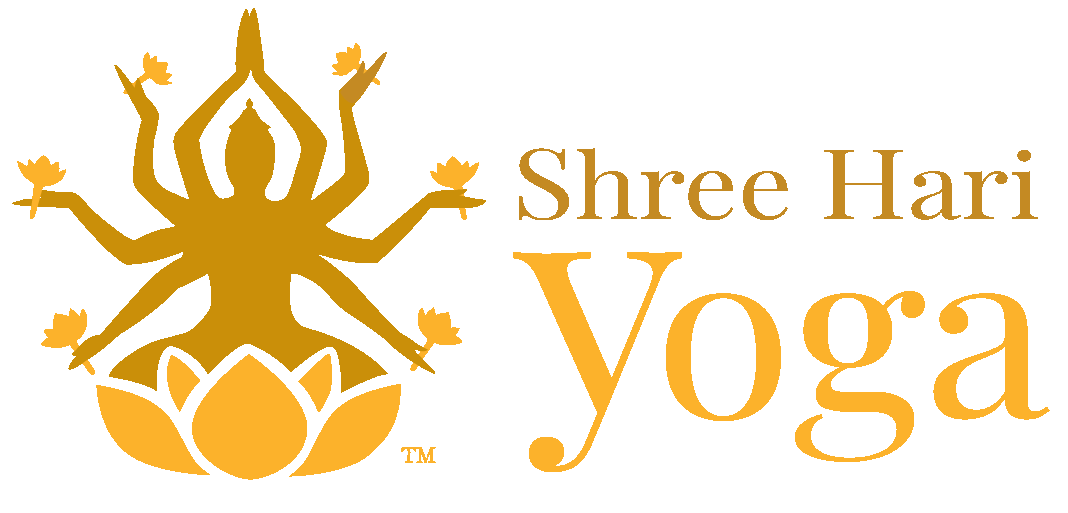The Ultimate Guide To What Yoga Is All About

You may have heard a lot many times till now, that yoga is an amalgamation of the mind, body, and soul. The word ‘yoga’ itself means ‘union’. It points toward the union of the earthy body with the universe, to be precise. Additionally, there is philosophy to back it up. The science of Yoga goes back almost 5,000 years, to the times of Sushruta and Charaka. It does sound interesting, isn’t it? Let us explore further.
Essence Of Yoga and Background Decoded
To make matters easy for the reader, or any other inquisitive mind, Yoga is an old science that was handed over by Lord Shiva himself, to the mere mortals. The Sapta Rishis were the first ones to become aware of this knowledge. If you go back to the Vedas, you will find a mention of this science in the Rig Veda. Yoga is basically a spiritual science, that aims to connect the mind and the body. It also points towards the union of human and nature, in its most basic form. The ultimate goal of yoga is salvation.
It is believed that yoga practice started with the start of human civilization itself. Moreover, the sages who got the knowledge initially went to different corners of the earth to propagate the knowledge. The various corners include Asia, North Africa, South America, and the Arabian countries. However, it was India, where the idea was established in the bast possible manner. It aligned with the traditions and culture of India, deeply. If you check out texts on the Indus Valley civilization, you will find that yoga practice was also prevalent there.
To matters easy for you to understand, you should know that yoga does not align with any religion. Anyone, from any background or ethnicity can practice yoga. There are various forms of yoga that emerged over the years. However, there is one constant, and that is the Guru-Shishya relationship or idea. The various traditional schools of yoga are Bhakti Yoga, Raja Yoga, Karma Yoga, Jnana Yoga, Dhyana Yoga, and Hatha Yoga, to name a few. There are six branches in all.
Various Yoga Forms
There are various yoga practices, which evolved over time, from the Hatha Yoga. It is the yoga form, that most beginners often start with. Yoga for health and wellness is the buzz word today. No matter, what yoga your follow or practice, all come under Hatha Yoga. It is a much more grounded and physical form of yoga. You will practice various activities within the realm, each one structured around the different schools. Some of the most common practices are asanas, Pranayama, dhyana, mudras, bandhas, Shatkarma kriyas, and mantra chanting.
You will be amazed to know, that each one of the yoga practices have a certain goal. Asanas are aimed at strengthening the body physically, pranayama strengthens the astral nadis and channels, and meditation strengthens the mind and thoughts. In fact, if you forego the others, and practice just Pranayama, you will reap the similar benefits. For now, let us read about each form that defines ‘Yoga’.
- Hatha Yoga – It is the more externally-oriented yoga form, that imparts balance and stamina. Ha and Tha mean the sun and the moon respectively. So, it is all about balancing the opposite forces of nature. Hatha yoga provides the body with a lot of strength as well. It is important that you remove all external issues with your body, before venturing within. And that is what, ‘Hatha Yoga’ is all about.
- Ashtanga-Vinyasa Yoga – This comprises both the Ashtanga poses and Vinyasa flow cycles. There are six series in Ashtanga Yoga, the primary, intermediate, and the four advanced series. You practice the poses in either the Mysore style or the led style. It is a variation of the original Ashtanga style, which was fixed. However, the Ashtanga-Vinyasa sequence changes everyday.
- Kundalini Yoga – It is a more spiritual form of yoga, as opposed to the earlier forms. You perform various asanas and kriyas to awaken the Kundalini Shakti, that lies at the base of the spine. Moreover, you also learn about chakras, and their blocks. When the chakras are unblocked, the Prana passes through the astral channels, called nadis smoothly. This yoga form also incorporates Tantra sadhana.
If that was not all, there are still more variations that do not belong to any yoga master’s lineage, but aimed at different goals. They include Restorative Yoga and Therapeutic Yoga. Restorative Yoga is more about restoring the vitality of the body. You can use a lot of props in this form, and the ultimate aim is relaxation. Whereas, therapeutic yoga provides therapy to the body. Many individuals opt for this form, as it aims to manage several diseases. Yin Yoga is another yoga form, that seems to have traced its lineage to Chinese medicine. However, that is a bit ambiguous, as some sources state that it is a form of Classical yoga.
Risks Associated with Yoga
By now, you know that yoga has tremendous benefits. What if we told you, that there are risks as well? If you do not do yoga practice under trained experts, then you can develop back pain as well. So, the boon turns into a bane, in that case. That is the reason why, you need to warm up properly before engaging in yoga.
Moreover, if you are not aware how to do inversions properly, stay away from them. The wrong moves can land you in trouble, and your blood pressure may shoot up, instead of going down. If you feel that you are comfortable practicing yoga for 15 minutes, stop at that. Do not exert excess pressure on your body. Exhaustion can lead to weakness and dizziness as well.
Some styles of yoga can also cause dehydration and overheating. So, before you head for yoga practice, it is advisable to drink a lot of water. Furthermore, you should take yoga classes under the aegis of learned experts. Join a yoga school that teaches professional yoga and reap the benefits. So, that more or less simplifies, what you should try and what you should not, in the discipline.
